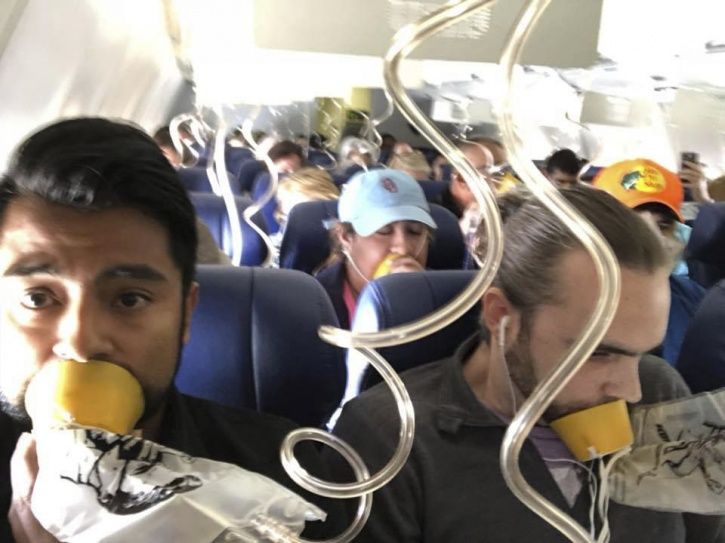Winter, S. R., Pan, J. Y., Truong, D., and Lamb, T. L. (2021).
The International Journal of Aerospace Psychology, 1-22.


Objective: The purpose of the current study was to examine the factors that significantly influence a passenger’s willingness to watch the pre-flight safety briefing.
Background: The pre-flight safety briefing is a required presentation that must be administered to all passengers before conducting a flight. This briefing is most commonly delivered via a live demonstration by flight attendants or through the aircraft’s in-flight entertainment system, such as a seatback video.
Method: Using a sample of 876 participants from the United States, we examined the influence of familiarity, anticipatory flight anxiety, conscientiousness, agreeableness, and frequency of flying on willingness to watch the pre-flight safety briefing. The study used a quantitative correlational design with structural equation modeling techniques for data analysis.
Results: The results supported 5 of the 7 hypotheses. High levels of flight anxiety resulted in less willingness to watch the pre-flight safety briefing. Significant positive relationships were found between familiarity, conscientiousness, agreeableness on the willingness to watch. A strong relationship between willingness to watch and stated actual watching also was found.
Conclusions: The study’s findings provide insight into what factors influence a passenger’s willingness to watch and examine the role personality factors have on willingness. As a result of this study, insights are gained into possible ways to increase passengers’ willingness to watch the pre-flight safety briefing and their consumption of this vital safety information.
